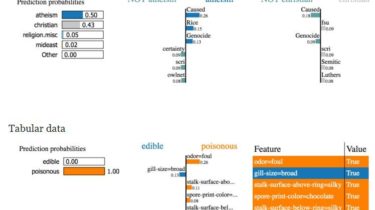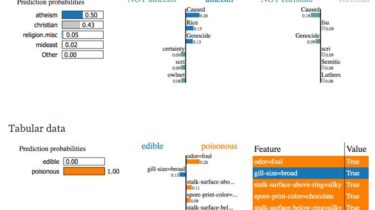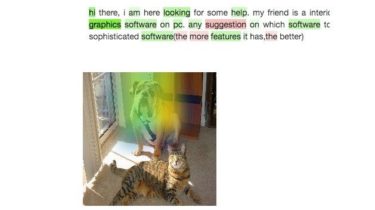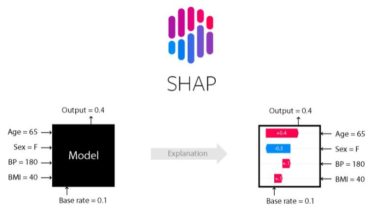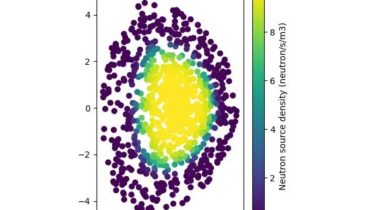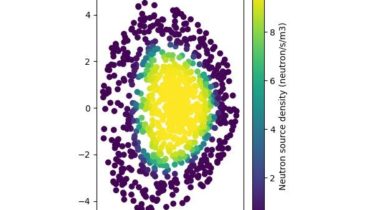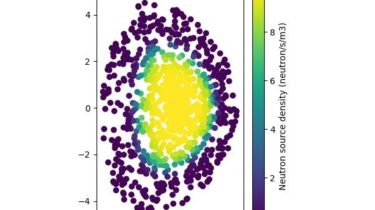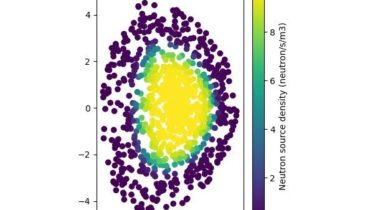Learning to Explain: An Information-Theoretic Perspective on Model Interpretation
Code for replicating the experiments in the paper Learning to Explain: An Information-Theoretic Perspective on Model Interpretation at ICML 2018, by Jianbo Chen, Mitchell Stern, Martin J. Wainwright, Michael I. Jordan. Dependencies The code for L2X runs with Python and requires Tensorflow of version 1.2.1 or higher and Keras of version 2.0 or higher. Please pip install the following packages: numpy tensorflow keras pandas nltk Or you may run the following and in shell to install the required packages: git […]
Read more